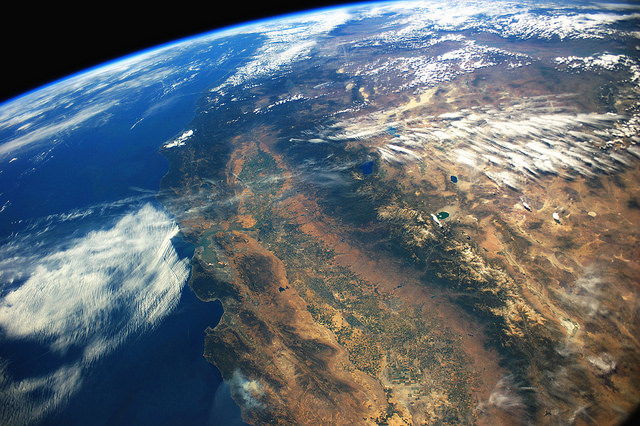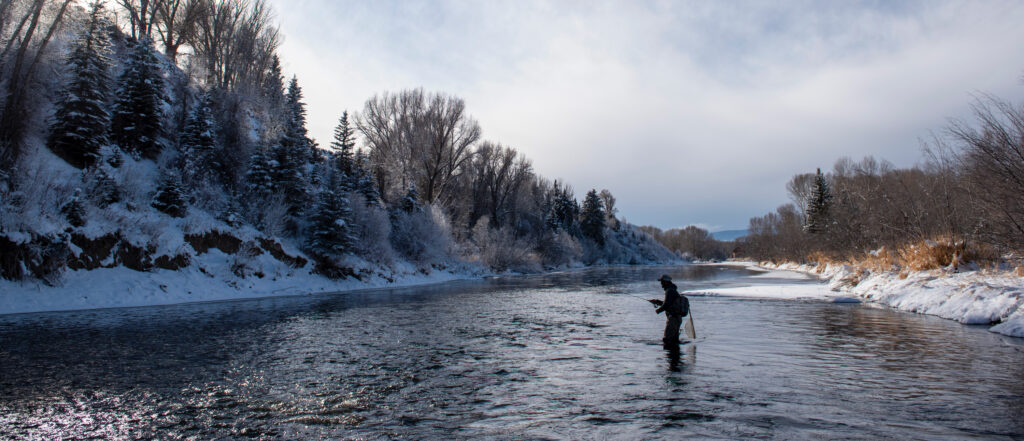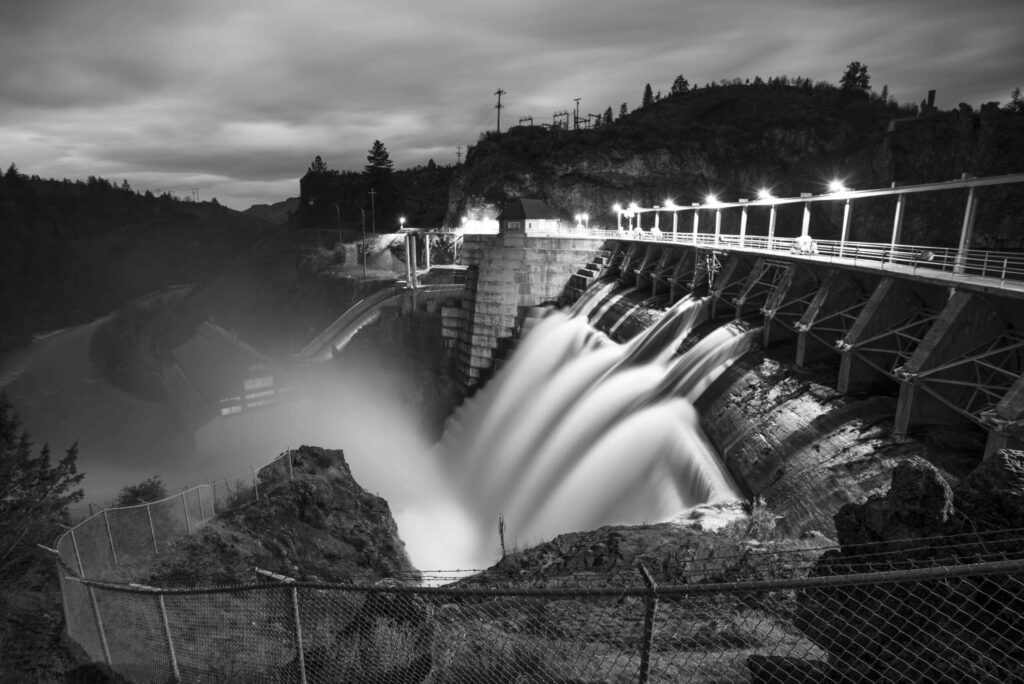The Heart, the River, and Building a Movement
California depends on rivers. I depend on rivers. And I love them.
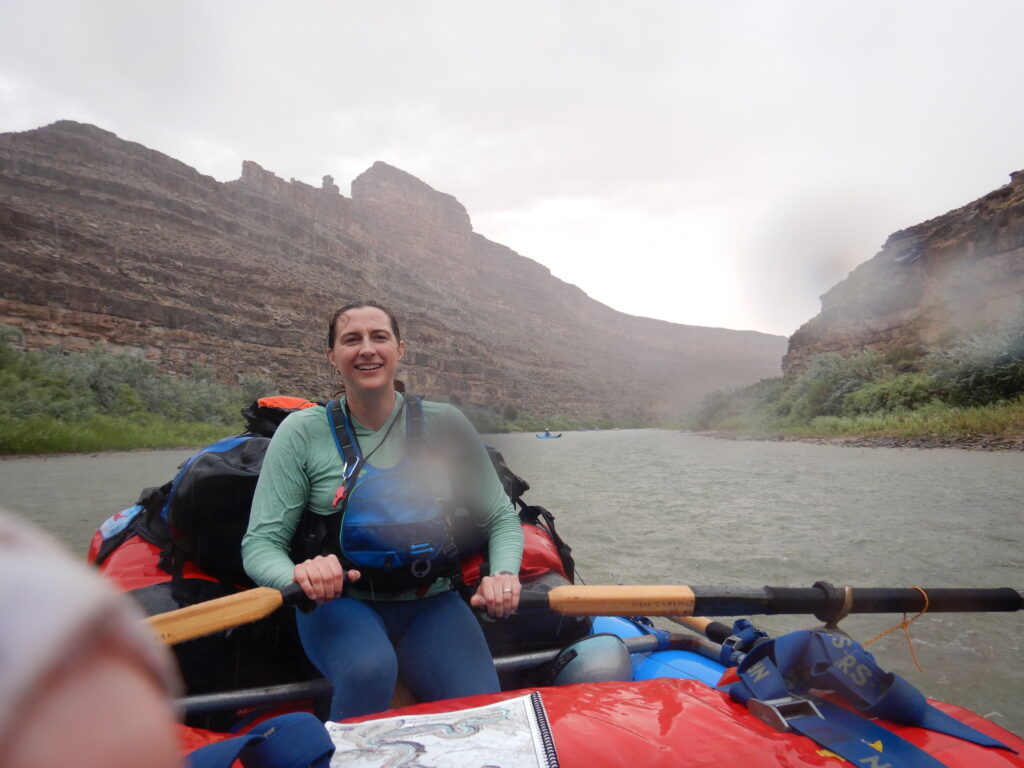
California is living through a critical ecological moment, and the time has never been riper to build a movement around river health. From an intensive years-long drought to the recent series of atmospheric rivers that have inundated the state, we have been dealing with the whiplash between drought and flood, but also the emotional whiplash of an uncertain future. How should we respond to these changes as individuals, an organization and a statewide community?
One of the ways I’ve responded to the urgent climate crises of our time is to join American Rivers. For the past 20 years, rivers have guided my personal and professional choices, whether connecting me with the man who became my husband or guiding me through the various phases of my career: whitewater rafting guide, master’s and doctoral student, conservation partner, and scientist.
Committing myself to rivers – to saving them through collaboration and science – was an act of faith. Faith that if I made choices centered on what I believed was true – that rivers are the fabric that connect our lives – I would meet opportunities to do something good. My faith was rewarded with the opportunity to become American Rivers’ California Regional Director. It was also a reminder of the power of preparation. Faith and preparation are the tools we need now to secure the future for healthy rivers and the communities that depend on them.
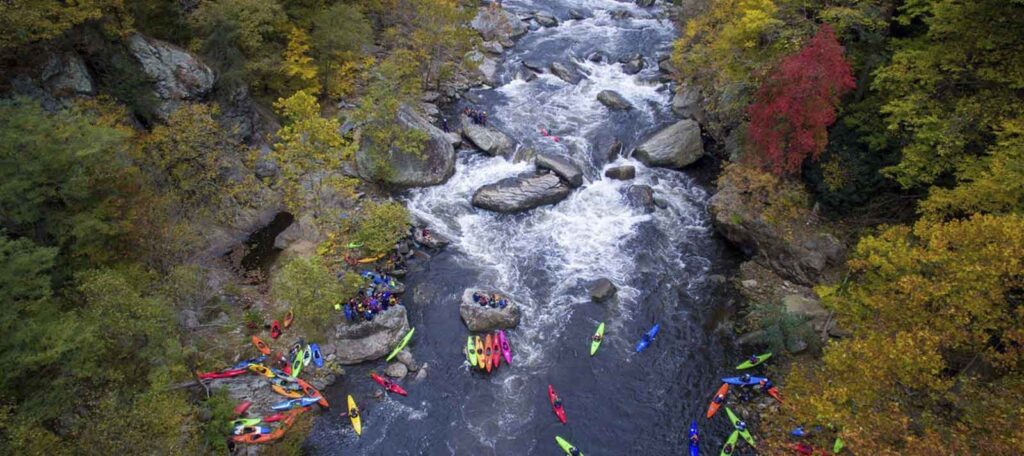
Let's Stay In Touch!
We’re hard at work for rivers and clean water. Sign up to get the most important news affecting your water and rivers delivered right to your inbox.
In the Dreamt Land by Mark Arax, a vivid historical portrait of California’s Central Valley, Arax describes an amnesia that seems to grip California after extreme natural events. Floods and drought come and go with the seasons, and when they depart, we seem to forget where we live. We forget that to be in California is to be an inextricable part of its natural systems. Acknowledging our collective amnesia reminds us to prepare on all fronts. The rhythms of nature are cyclical, it’s extremes a perennial issue. And when circumstances change radically and suddenly, as climate change guarantees they will for decades to come, we can find ourselves reacting rather than responding.
As an organization, American Rivers needs to be nimble and prepared. We need to set up our work on a diverse array of fronts so that when an opportunity arises, we are ready to push forward with concrete solutions. Much of this work is already being done. American Rivers has been preparing and building resilience for half a century. 50 years of restoration has created deep impact on the ecosystems and communities of California. Our multi-benefit work in the floodplains of California’s Central Valley mitigates flood risk, improves ecosystem health and water quality, opens access to natural space, and provides essential habitat for the creatures we love. In the headwaters of the Sierra Nevada, we are tackling these problems at the source, restoring mountain meadows, mitigating wildfire risk, and more. And there is much more to do.
It is difficult to understate the critical importance of river health. When we reframe rivers as integral connectors of living systems, then it becomes clear that life depends on rivers. California depends on rivers. I depend on rivers. And I love them.
I’ll share that my favorite view of a river is the canyon wall at Nankoweap, a river camp on the Colorado in the Grand Canyon, where hundreds of millions of years of history have been archived in the rainbow catalog of rock formations. The human footprint at this site stretches back millennia, with the ancient stone granaries built by Ancestral Puebloan people still standing. We are not the first to manage these landscapes, nor will we be the last. Standing on the banks of the Colorado, it feels as if time itself is captured in the wall. The river has cut through and exposed millions of years through its natural course, a geologic reminder that no single person is responsible for our precious environment. Simply put, no one can do it all, but we can all do our parts.
We will be a blip in the geologic archive one day. And while nature persists and evolves, what will we leave for the people coming after to us to move forward with? I take comfort in knowing that I need to do my part, and that I can look to these amazing places as a reminder that if we focus and prepare, the opportunity to do something good will arise. Rivers are durable and dynamic, but they are not immortal. We need to steward the natural world with care, drawing on a range of wisdom and perspectives to inform and calibrate our approach to conservation. And we need to work together so that we can push forward together, breaking down the artificial barrier separating humans from the natural world we are a part of, lifting the haze of amnesia to train our gaze on the future of California.

